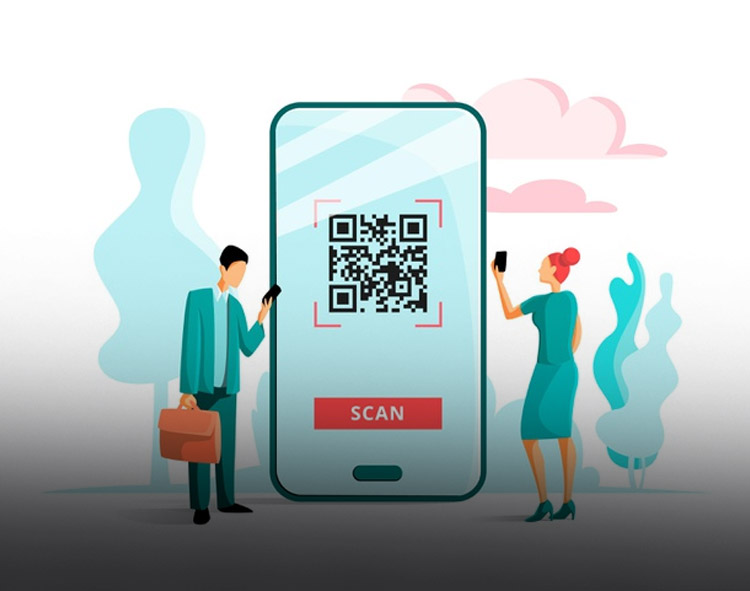QR codes play a significant role in the overall contactless payments and digital payments solution ecosystem. The Chinese and Indian marketplace are known to extensively use QR Codes backed systems to enable seamless digital payments, collect information, or authenticate user information.
The Indian market has witnessed a surge in QR Code backed payment transactions since late 2016, while QR Code usage has grown significantly in all arenas of business like marketing, event registrations, instant verification at point-of-sale terminals because of the convenience it lends itself to users, within the payments industry, there are several other factors that have influenced the growth and use of QR Codes.
Read More: daVinci Payments’ Study Reveals how UK Insurance Customers Want to Receive Claim Payments
Despite the success that certain markets have seen with QR Codes, the technology has never picked the same pace in western markets or major markets like the United States. Leading innovators like PayPal did unveil a QR Code payment system during the earlier part of the Covid-19 pandemic, thereby helping merchants allow users the ability to pay instantly via QR Codes during the peak of the social distancing lockdowns this year (without the need for them to install complex additional systems).
A few of the top reasons that can be attributed to a slower acceptance of QR Codes in digital payments in Western markets are Apple’s influence in instant payments and their use of the (more secure) NFC technology. Another factor- US direct consumers relied on other modes of payment like plastic money and card payments for longer before turning to other options like mobile and digital payments.
Read More: Fintech Strategist Jason Jones Joins Forces With TrueNorth
Seeing how contactless payments are fast-becoming the go-to payment option for B2Bs, B2Cs, Retail Outlets, Stores and Online Vendors, let’s establish the key benefits of QR Codes at a time when most economies need to offer a wide range of contactless payment solutions that help maintain social distancing norms .
Enhancing Loyalty and Upselling Opportunities!
QR Codes have not emerged as an important contactless payment mode only because of its convenience. When merchants pair QR Codes with other marketing gimmicks like their Buy Now Pay Later campaigns (BNPL) campaigns, it helps boost loyalty, customer interactions and upselling opportunities.
Easy to Implement and Deploy
As referenced to in the example in the earlier part of this piece, QR Codes enable instant payments without the fuss of installing or investing in complex hardware systems. This in itself is a boost to small and medium business owners who may not have the time nor budgets to invest in heavy technology systems. The silver lining – this indirectly lends itself to reduce the need for additional training as well, something smaller or mid-sized merchants and sellers may not always have the bandwidth to take on with every new tech upgrade they make to their systems.
Multi-purpose, Multichannel
As QR Codes become more integrated into daily payments and life, it is important to see how they can be used to facilitate multiple business objectives. In some cases, QR Codes can be used within apps to only verify user information, in others, to enable the final stages of an instant mobile payment. For business owners and service providers who offer a range of products to their users, technologies that can be used to serve more than one goal or objective can help optimize investments and operational costs.
A Global Rise in QR Codes
The Covid-19 has only accelerated what was already on its way, a fast-paced adoption of seamless banking and payment methods. The pandemic has also inadvertently pushed the importance of QR Codes to the forefront with CVS, Walgreens, Crate & Barrel having all announced big QR integrations this year, direct consumer apps like UberEats are already known to offer QR Code enabled payments. Chinese payment app Alipay accepts QR Codes payments, WeChat enables mobile payments via QR Codes, India’s largest digital wallet PayTm uses QR Codes to enable faster financial transactions.
QR Codes are used everywhere today, largely for marketing purposes but even for payments. They enable a better customer experience and can be easy to use for even the underbanked. As QR Codes usage picks up pace in the payments arena too, it will be interesting to see how it shapes the way the contactless payments market further evolves.
Read More: NYMBUS Appoints Jeffery Kendall as New Chief Executive Officer
